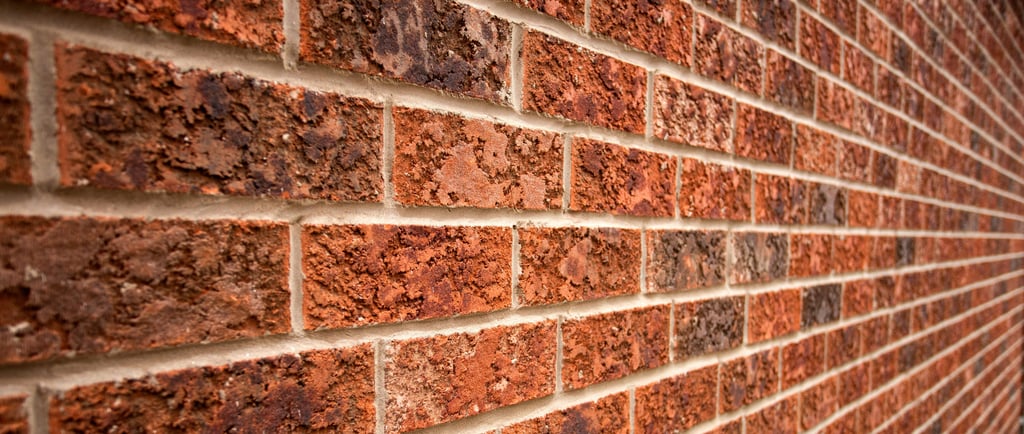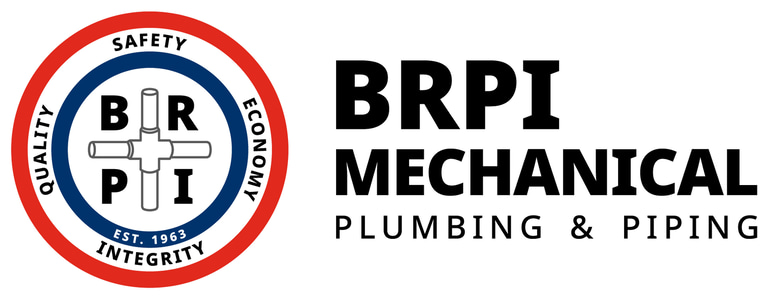Plumbing in Salt Lake’s Vintage Homes: The Secrets We’ve Uncovered (And How We Tackle Them)
WASATCH FRONT PLUMBINGRESIDENTIAL PLUMBINGPREVENTIVE PLUMBING TIPS
7/16/20255 min read


If you live in one of Salt Lake’s historic gems—say a sweet little bungalow in Sugar House, a stately Victorian in the Avenues, or a mid-century ranch near Millcreek—you know the charm is unbeatable. Original woodwork? Swoon. Built-ins and clawfoot tubs? Yes, please.
But under those hardwood floors and behind those lathe-and-plaster walls? A pipe nightmare waiting to happen.
We’ve been elbows-deep in Salt Lake’s vintage homes for decades, and we’ve seen it all. From the wildly inventive (read: terrifying) DIY jobs of past decades to the ticking time bombs of materials long outlawed, here’s what we’ve uncovered—and how we help make these beautiful homes safer, more reliable, and way less likely to flood your basement.
🏚️ 1. Galvanized Steel: The Slow-Motion Disaster
Let’s start with the usual suspect: galvanized steel pipes. These bad boys were the thing from the 1920s through the 1960s, especially in neighborhoods like Rose Park, East Millcreek, and Liberty Wells. People thought, “Steel + zinc coating = strong, long-lasting plumbing.”
They were wrong.
Over time, the zinc corrodes and flakes off, the steel rusts from the inside, and the pipe slowly chokes itself out. What starts as good water pressure becomes a trickle, then a drip. And when these pipes finally fail? It's not a slow leak. It’s a ceiling-collapsing, towel-grabbing, where’s-the-main-shutoff kind of day.
How we tackle it:
We repipe. Fully. No half-measures. Depending on the structure and access, we replace old galvanized lines with modern materials like PEX or Type L copper (we’ll help you choose based on budget, layout, and long-term goals). If access is tricky, we might do some creative rerouting through closets or basements to minimize drywall damage.
🕳️ 2. Cast Iron Drain Pipes: Heavy Metal with a Short Fuse
Oh, cast iron. Durable, quiet, and beautifully vintage—until it isn’t. These big black drain pipes, commonly found in pre-1960 homes across Capitol Hill and Yalecrest, are solid... until they rot.
Yes, rot. Inside-out. Over time, scale builds up inside the pipe, narrowing the flow like a clogged artery. Corrosion eats away at the bottom of the pipe while no one’s looking. Roots sneak in. Gases from sewage react with moisture and turn into sulfuric acid, which—surprise!—melts the pipe.
We’ve opened up bathroom floors and found pipes so paper-thin you could poke through them with a screwdriver. Sometimes they’ve already collapsed. Sometimes they’re just waiting for that one last flush.
How we tackle it:
We inspect every inch (even the vertical stacks), and we replace the decayed sections with ABS or PVC, depending on code and application. For full-system overhauls, we install cleanouts in smarter places and make sure everything pitches correctly—because guess what? Your 1920s plumbing didn’t always believe in gravity.
🛠️ 3. Wild Plumbing Modifications: A Century of “Fixes”
We’re talking about Frankenstein plumbing—a horrifying mashup of parts, pipe types, and methods that would make your building inspector cry.
Examples we've seen in Salt Lake homes:
Copper joined directly to galvanized steel (a corrosion recipe).
Hot and cold lines reversed “just because.”
Lead joints sealed with duct tape.
Flexible drain hoses from washing machines looped over foundation walls (we wish we were joking).
Bathtubs draining into crawl spaces. Yep.
In older areas like Marmalade and South Salt Lake, it's not uncommon to find three or four generations of plumbing stacked on top of each other—some still in use, some abandoned, all suspicious.
How we tackle it:
First, we map the whole system. It’s detective work. Once we know what’s active, what’s junk, and what’s dangerously illegal, we isolate and clean up. This usually involves removing old, unnecessary lines and reworking transitions the right way, with approved fittings and backflow prevention where needed. Every connection has a purpose—and we make sure yours do.
💦 4. Mystery Leaks Behind Beautiful Walls
You love your plaster walls and coved ceilings. We do too. But those gorgeous finishes are also plumbing concealment devices.
We’ve had homeowners in 9th & 9th and Federal Heights call us about “a weird smell,” “a bubble in the paint,” or “a soft spot on the floor.” All of them turned out to be slow leaks behind walls or under tubs, often from corroded fittings or bad repairs.
The worst part? By the time symptoms appear, it’s been leaking for months. If it’s near an exterior wall, you might even get mold or frost damage from trapped moisture.
How we tackle it:
We use moisture meters, thermal cameras, and our ears (yes, really) to pinpoint hidden leaks. We keep exploratory cuts small, isolate the problem fast, and recommend non-invasive rerouting wherever possible. We’ll also let you know if you need a mold remediation pro before any rebuild.
🔥 5. Old Water Heaters with Ancient Piping
Many vintage homes have 50+ year-old water lines running into much newer water heaters. The result? A brand-new tank getting choked by half-century-old pipes—or worse, reacting chemically to incompatible metals.
We’ve seen water heaters in Highland Park and East Bench sitting on original concrete slabs with no seismic strapping, no expansion tank, and flexible supply lines so corroded they crumble when touched.
How we tackle it:
We install heaters to current code—which means new shutoff valves, proper venting (if gas), and pressure regulation. And if the piping feeding it is shot? We’ll recommend upgrading that too, so your shiny new tank doesn’t inherit the problems of the past.
🧼 Bonus: Vintage Fixtures—Treasure or Trouble?
Everyone loves a classic pedestal sink or original porcelain tub. But those beauties often come with quirky hookups, worn-out trap assemblies, or custom threads that no longer exist. You know what’s really fun? Trying to find a faucet cartridge from 1932.
How we tackle it:
We work with specialty suppliers who deal in vintage fixtures. If it can be repaired safely, we’ll do it. If not, we’ll help you find a near-identical modern fixture that preserves the look while fixing the function. You can keep the charm without compromising reliability.
🧰 What to Expect When We Work on a Vintage Home
When we take on a project in a historic Salt Lake home, we bring a different mindset than we do to modern builds. Here's what you can expect:
Surgical precision. We aim to minimize cuts, patchwork, and damage. That means we take the time to open the right spot, not the fastest one.
Historic sensitivity. We’ll preserve architectural elements wherever we can—and alert you if there’s risk to finishes like original tile or plaster.
Clear communication. These projects often evolve. If we find something mid-job, we stop and talk you through it before touching anything further.
Respect for time and place. We clean up after ourselves. We don’t blast music in your 1925 dining room. And we’re careful where we set down tools (that original hardwood deserves better than a pipe wrench dent).
🛎️ Final Word: Love the Charm, Fix the Chaos
Living in a vintage Salt Lake home means living with stories in every brick. But those stories don’t need to include a 3:00 a.m. pipe burst, sewer backup, or mystery mold.
We’re not here to tear down what makes your home special—we’re here to make sure it works behind the scenes, so you can keep loving it for decades to come.
Because nothing ruins a historic home vibe like an emergency plumber visit in your bathrobe.
Let’s keep Salt Lake’s classics standing strong—and dripping a whole lot less.
Contact
Main Office
Social
3560 S 2200 W
West Valley City, UT 84119
P.O. Box 25123
Salt Lake City, UT 84125
Monday – Friday:
7:00 am – 3:30 pm
Billing & Mailing Address
Hours
© Budd M. Rich Plumbing Company, DBA BRPI Mechanical. All rights reserved.
